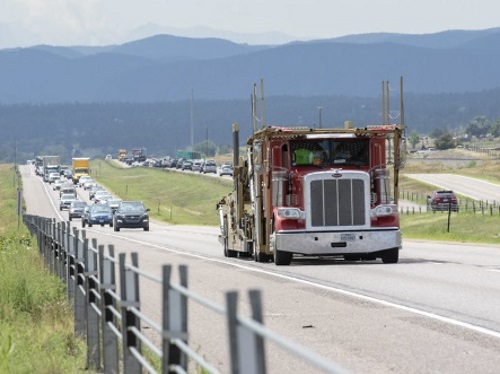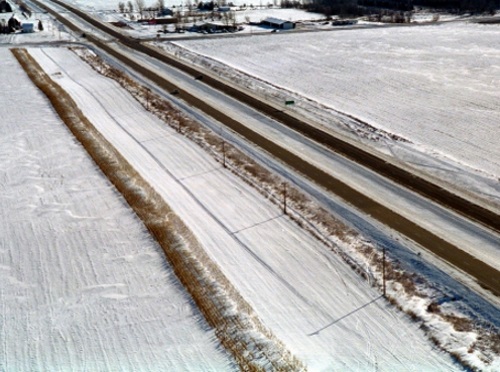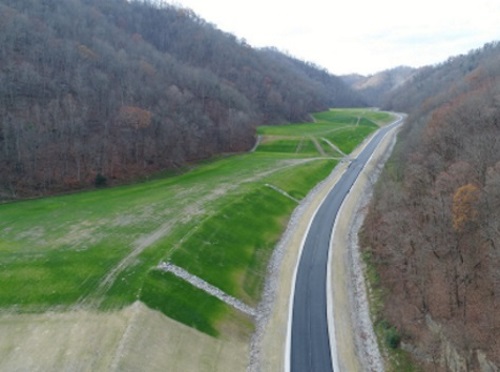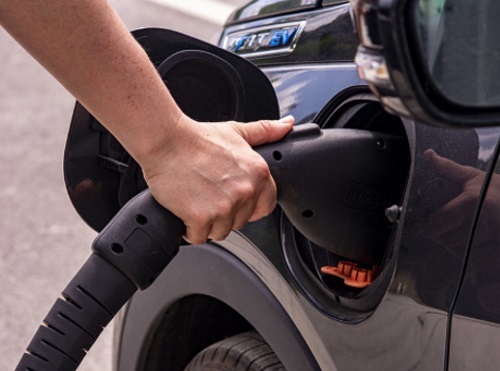FEDERAL ACTION
FHWA Submits ‘Complete Streets’ Report to Congress – AASHTO Journal
City Leaders Back Biden in Controversy Over Infrastructure Spending – Route Fifty
High Court Hears Consolidated Clean Air Cases – Engineering News-Record
EPA tosses Trump-era review process for science advisers – E&E News
Buttigieg Defends Infrastructure Law’s Implementation Before US Senate Panel – Transport Topics
COVID-19
US Travel Association, industry groups urge US Government to relax COVID-19 measures for travel – Centre for Aviation
15 Cities With the Biggest Improvement in Air Quality During COVID-19 – MSN
As workers make fewer office trips, commuter rail systems struggle to fill empty seats – Washington Post
INFRASTRUCTURE RESILIENCE AND SUSTAINABILITY
MARAD Providing $25M in Marine Highway Grants – AASHTO Journal
Louisiana among states opposing ban on LNG rail transport – Greater Baton Rouge Business Report
How Minnesotans Are Creating Infrastructure With Climate Change In Mind – WCCO-TV
Utah railway meets opposition from Colorado over environmental concerns – AP
AIR QUALITY
School Bus Electrification With Sue Gander – AASHTO’s ETAP Podcast
Colorado’s clean truck strategy favors incentives now, regulations later – Colorado Public Radio
Advocates concerned air quality will get worse in Utah – KTVX-TV
Biden administration moves to cut smog-forming pollution from heavy trucks – The Washington Post
ENVIRONMENTAL JUSTICE
Oregon lawmakers consider environmental justice bill – Oregon Public Broadcasting
Agriculture and environmental justice take priority in California’s climate plan – Agri-Pulse
NATURAL RESOURCES
Alaska Budget Contains Ice Road Maintenance Funds – AASHTO Journal
First, Do No Harm: When endangered species habitats lie in a roadway’s path. – Thinking Transportation (Podcast)
Poor weather conditions present in more than 10% of nation’s fatal crashes in 2020 – WTTG-TV
Effects of noise on marine life – ScienceDaily
America is finally cleaning up its abandoned, leaking oil wells – France24
HEALTH AND HUMAN ENVIRONMENT/ACTIVE TRANSPORTATION
Sacramento looks to make Capitol Mall more pedestrian, cyclist friendly – KTXL-TV
Law protecting cyclists, pedestrians goes into effect in New Jersey – WCBS-TV
Raising Crosswalks to Make Deadly Intersections Safer in New York – New York Times
The Radical Roots of Bikesharing – CityLab
To Reduce Traffic Congestion, Increase Local Micromobility – Governing
TRB RESOURCES/ANNOUNCEMENTS
TRB Webinar: Emerging Issues in Priced Managed Lane Networks – TRB
IBTTA Releases New Report on Lessons Learned For Emergency Management During Significant Events That Disrupt Operations – IBTTA (Link to PDF)
FEDERAL REGISTER NOTICES
FY 2022 Competitive Funding Opportunity: Low or No Emission Grant Program and the Grants for Buses and Bus Facilities Competitive Program – FTA (Notice of Funding Opportunity)
Approval of State Underground Storage Tank Program Revisions; Hawaii – EPA (Notification of final determination on the State of Hawaii’s application for final approval)
Membership in the National Parks Overflights Advisory Group – FAA (Solicitation of applications)
COVID – 19 Related Relief Concerning International Operations at Chicago O’Hare International Airport, John F. Kennedy International Airport, Los Angeles International Airport, Newark Liberty International Airport, New York LaGuardia Airport, Ronald Reagan – FAA (Notice of proposed extension of a limited, conditional waiver of the minimum slot usage requirement for international operations only)
Sport Fishing and Boating Partnership Council; Public Teleconference/Web Meeting – Fish and Wildlife Service (Notice)
Draft Revised Management Plan for the Chesapeake Bay Virginia National Estuarine Research Reserve – NOAA (Request for comments)
Evaluation of National Estuarine Research Reserve; Public Meeting; Request for Comments – NOAA (Notice)
Badger State Solar, LLC; Notice of Availability of a Draft Environmental Impact Statement and Notice of Public Meeting – Rural Utilities Service (Notice)
Recertification of Prince William Sound Regional Citizens’ Advisory Council – Coast Guard (Notice)




